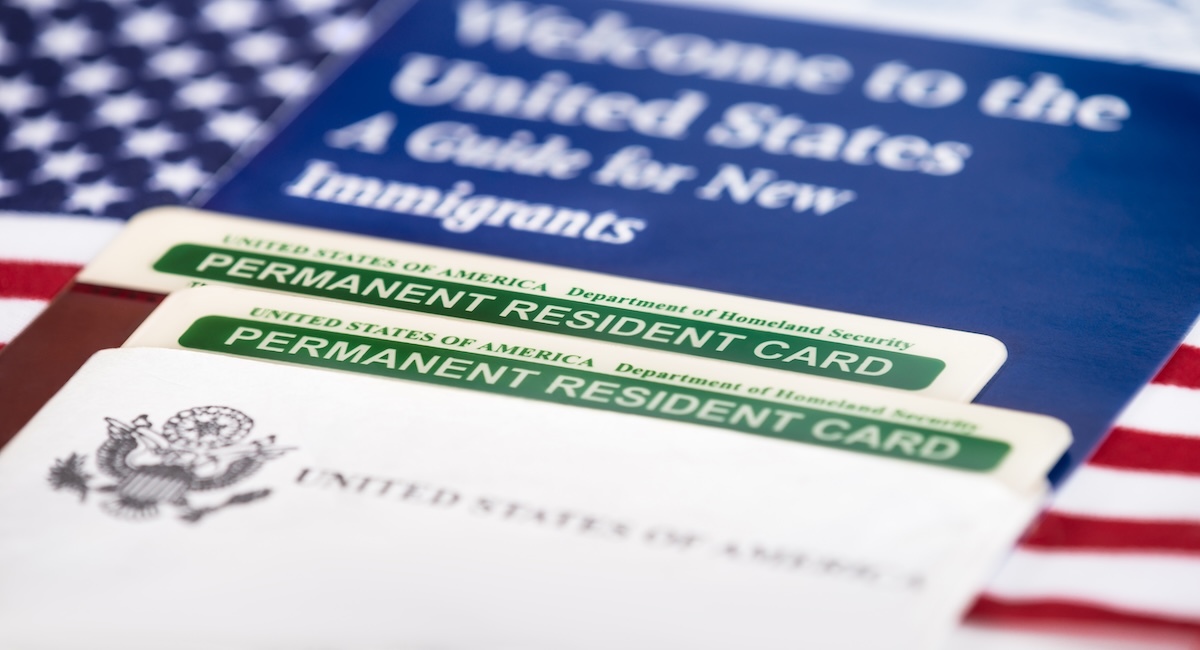By Shabnam Arora Afsah
America, the land of opportunity, continues attracting immigrants from all over the world. However, gaining permanent residency or citizenship is fraught with hurdles, especially in the past century, where becoming American has become increasingly cumbersome and discriminatory. Immigrants from India will have to wait a lifetime to get their green cards.
For the 1.1 million Indians waiting to process their applications for permanent residency, according to the Cato Institute, the queue is only getting longer. “More than 400,000 will die before they receive a green card,” wrote David Bier, the associate director of immigration studies at the Cato Institute. The U.S. restricts its employment-based green cards to only 140,000 per year and places remaining names on a waitlist once it fills the yearly quota. The law allows each country no more than 7% of available green cards.
This makes it nearly impossible for Indians to immigrate to the U.S. within a reasonable timeframe legally. Sources state Indians face a 134-year wait for a green card. As a result, many Indians are resorting to entering the U.S. illegally, at times with dire consequences. In one horrific incident, a young family of four lost their lives trying to cross into the U.S. across the Canadian border. A recently published article in the Washington Post reveals that Indians are now the third largest group of undocumented immigrants attempting to enter the U.S. through the Mexican or Canadian border.
The history of race-based quotas
In the 1920s American lawmakers established race-based quotas which favored white Europeans. People from northern and western Europe immigrated here more easily than legal migrants from other countries. Records show that before race-based caps were instituted, 98% of immigrants who applied for residency were approved each year, but after caps were introduced the number dropped to 16%.
In 1965, Congress passed the Immigration and Nationality Act and removed quotas, but only allowed immigrants who were already here to sponsor their extended families; the system continued to favor white Europeans.
However, the economic potential of America continued to draw a steady flow of undocumented migrants from across its long border with Mexico. Several legislative attempts in the 1970s and the 1980s tried to curb this illegal migration but did not pass due to political impasses. Finally, in 1986, various political factions struck a compromise that created a new program for farmworkers (prompted by the chronic shortage of agricultural labor). The bill also provided a way for employers to hire undocumented migrants and it funded increased border security measures.
Read the rest at India Currents




